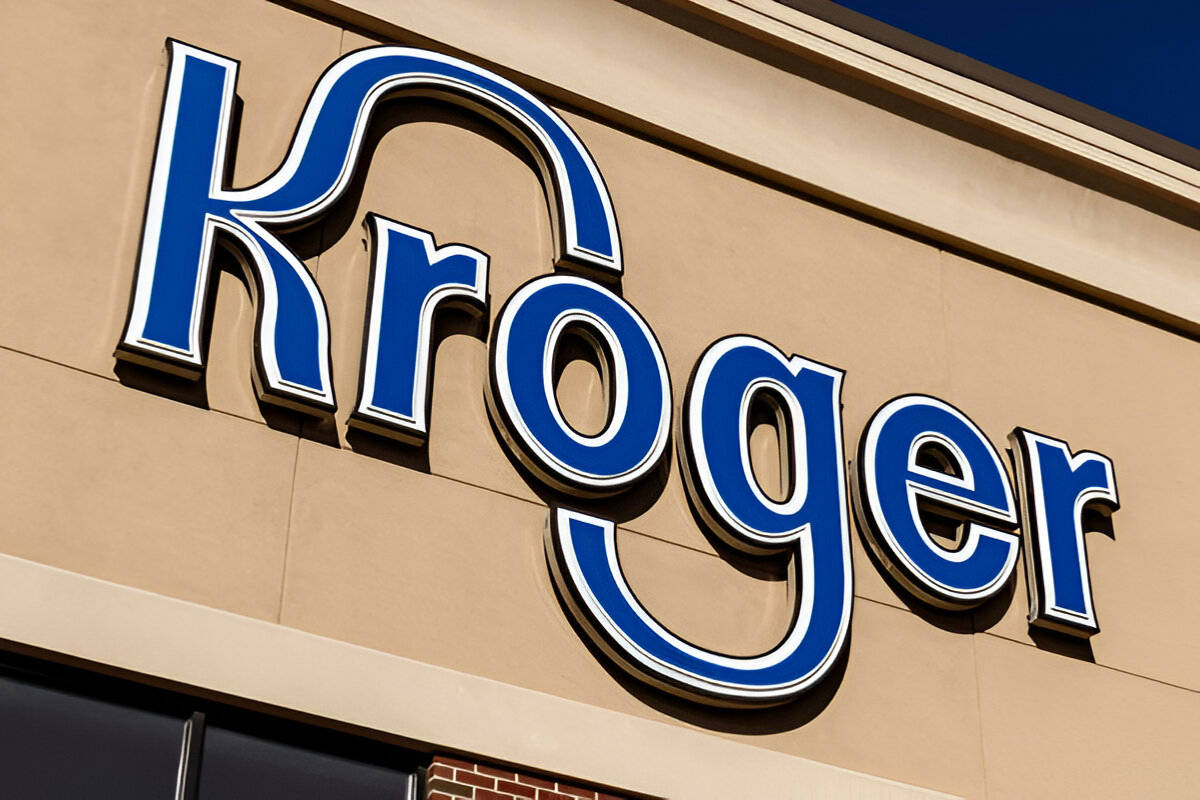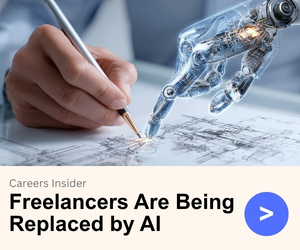Kroger’s store closures is one of the most important topic in terms of the U.S. consumers and business prospective. Kroger is one of the biggest grocery chain store in the United States. But the decision of 60 stores closures has become the main subject of discussion.
The real question is how the Kroger’s store closures will be a direct impact on the local businesses, small stores and also the people of United States. There will be a little bit difficulty in availability of regular necessities.
On one hand, this issue is complex due to corporate strategies and business activities. On the other hand, its impact goes beyond just business strategies.
Economic Impact of Closures
Kroger’s store closures don’t represent just a turn in the company’s financial policy. The local economies are the places that will certainly be affected by these closures. Especially, in the case of such neighborhoods where major grocery chains are the primary sources of commerce. Kroger stores mainly act as the anchors of small businesses. Their main role is to bring customers to the locality and help the local economy grow. When these businesses close, the number of customers may leave local shops, cafes, and service providers. Which can be a big reason for the record decreasing sales in recent future.
Employment Consequences of Store Closures
After they have been called off, employees at the closed Kroger stores and the people who work in local firms dependent on Kroger’s presence are not safe from such things. It does not only mean that store employees are discharged, but it also implicates that if the local businesses cannot work hard enough to keep their departments going, they may also reduce their workforce. Many communities that have Kroger store contributions to their employment may be in dire need of jobs, especially in places where there are very few alternatives.
Access to Affordable Groceries
The Kroger’s Store closures can deepen the problem of underserved areas in terms of food access. Especially, families without much income who heavily depend on grocery supermarkets for essentials. The withdrawal of the big chain in the locality that is already battling with food shortages will make the easy access to fresh and cheap food indeed be an unattainable dream or a situation of the past. The exit of a big player from a market may either force the local customers to go for less convenient and less diverse grocery stores or even to travel farther away or pay a high price to save time.
Community Adaptation and Response
Communities are reacting very seriously to the store closures. Local businesses can be the ones that take over the challenge to meet the increased demand for groceries, and new food cooperatives, farmers’ markets, and delivery services could be emerging to fill the gap that Kroger’s Store Closures have left. Relationship building between local government and nonprofit organizations of the affected areas can be key to finding innovative approaches to access essential services.
Environmental Considerations
An essential part of the Kroger’s Store Closures is the environmental factor. In case there are vacant Kroger properties that will not be repurposed in a good way, this could result in urban blight. Besides, there are also possibilities for these places to be capable of changing into what the community needs, with e.g., green spaces, and affordable housing, ensuring added value to the local environment and residents too.
Kroger’s Store Closures are not just a business decision. They impact local economies, jobs, and food access. Communities must focus on finding solutions to keep groceries affordable. Support for small businesses is also important. The full effects will unfold in the coming months. However, working together can bring positive changes to the affected areas.






